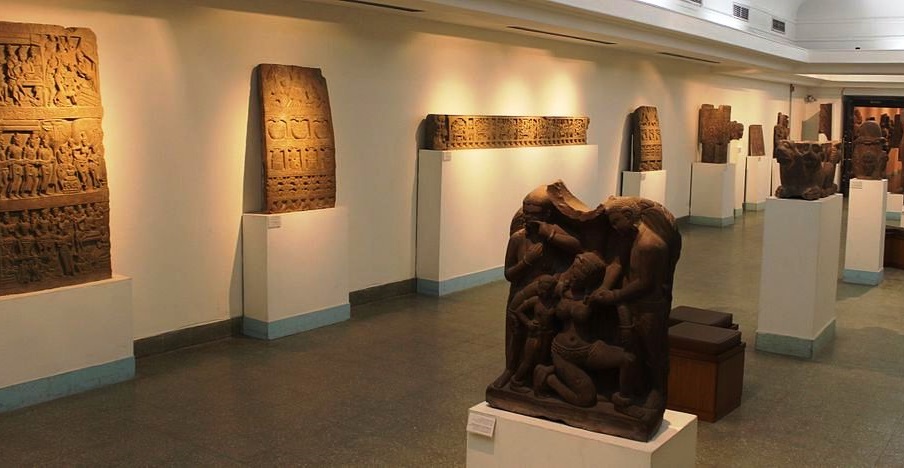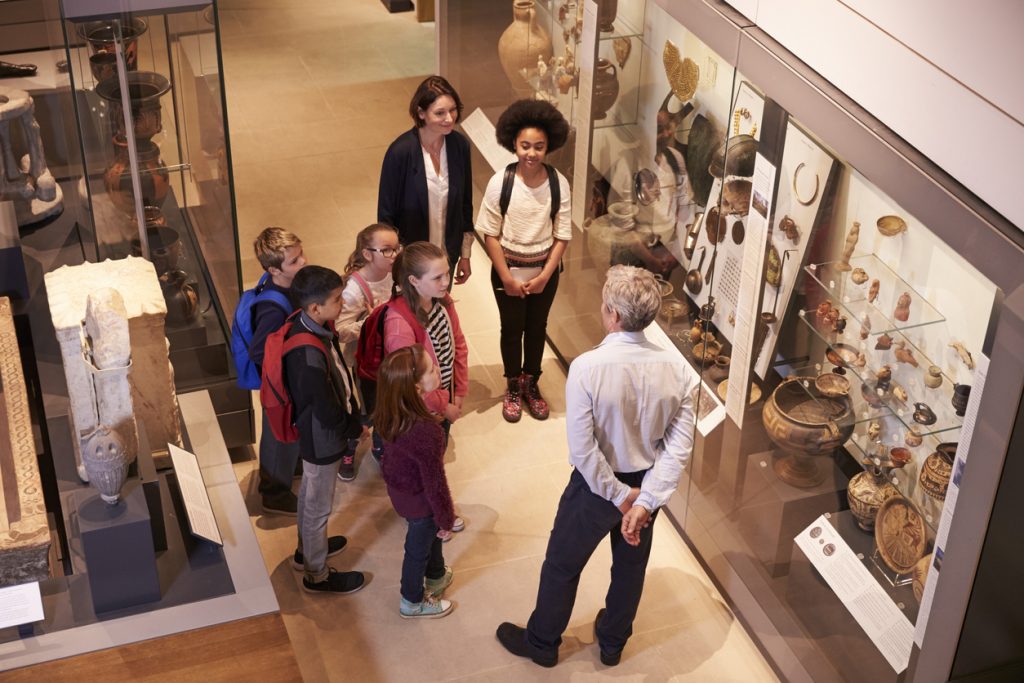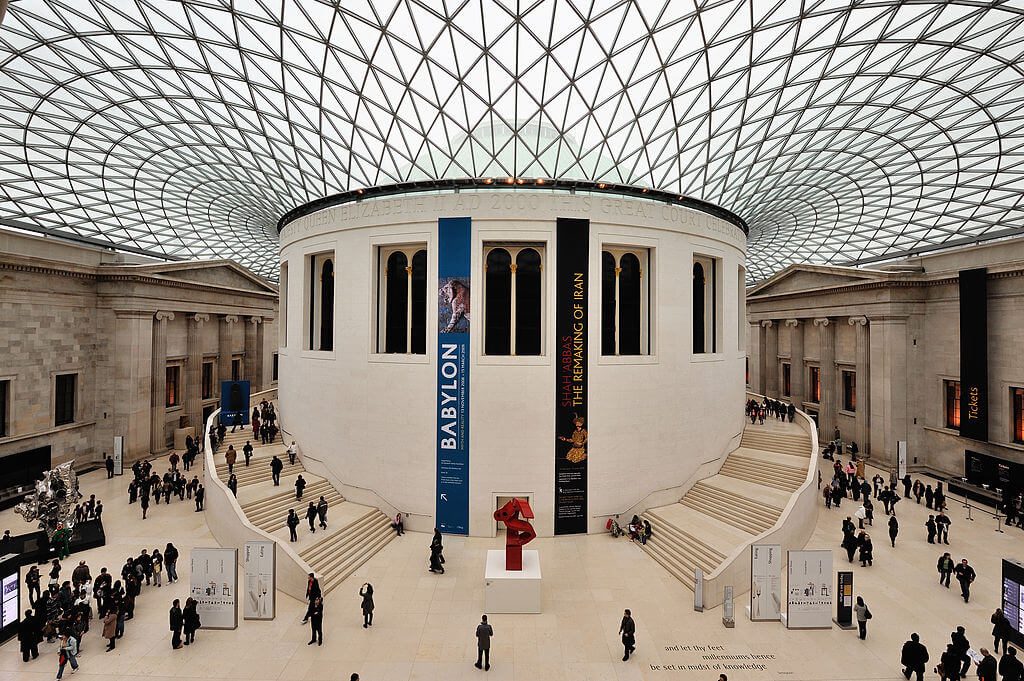Museums are institutions dedicated to collecting objects, and materials of cultural, religious and historical importance, preserving them; researching into them and then presenting them to the public for the purpose of education and enjoyment. But today, with questions of rightful ownership of artefacts as well as decolonisation of museums, it makes us wonder if Museums can be apolitical spaces like we think we have constructed? Are they neutral reflectors of the past?
For example, let’s take the Kilmonger scene in Black Panther, which highlighted all the current controversies over museum collections and colonial injustice. The scene shows Erik Kilmonger looking at an exhibit of African artefacts in the British Museum. He then proceeds to question the white museum curator: “How the museum got that?”, hits close to home for most people of colour.

To know the colonial presence in the museums, we have to accept that “for the colonial is not merely a question of continuity or rupture, of influence or appropriation, but a presence that is all-saturating, overflowing, ever-present, persistent and fundamental to the experience of contemporary life”.
Are museums still representing or supporting the colonial narrative?
The imperialist legacies are remembered to write the “native” out of their own history, reinforcing and sometimes completely reinventing ethnic distinctions. For example, In Africa: due to these enforced differences, ethnic groups or previously existing politics were split by the new borders, undermining the new state’s claims to legitimacy. Similarly, the British Empire’s inherent tendency to deny the native agency has often made it impossible to trace the processes the native was part of. Artefacts are taken as spoils of war and never as evidence of native’s ability and intellect.
Museum directors or curators can’t completely disconnect themselves or the artefacts from the political agendas or collective history. Now, they have to re-think their position and try to need to connect their exhibitions to the artefact’s political history and get their audience to engage critically with our collective history. It means disrupting mainstream understandings of history with a little more honesty.

To get into the murkier aspects of history and trade: like – looting, trauma and colonisation. By not engaging in the politics of these pieces, even curators stand to uphold unequal dominant narratives and these museums become sites for reproducing colonial ideas.
Another example was noted by The Wire: “Delhi National Museum’s exhibition, India and the World: A History in Nine Stories: The exhibition contextualises India’s winding path from the Indus Valley to our current moment, within broader global movements. This collaboration with the British Museum, London; National Museum, New Delhi and the Chhatrapati Shivaji Maharaj Vastu Sanghahalaya (CSMVS), Mumbai commemorates 70 years of Indian independence. Although, the idea of celebrating Indian independence by collaborating with the very country we wrested our independence from is admittedly ironical”. The article highlights the need to acknowledge the darker legacies that are a part and parcel of our history.
Also Read: European Museums Consider Returning Colonial-Era Artifacts
A new wave of “decolonising” museums
Decolonising museums can be explained as holding museums accountable, questioning the origins of the artefacts themselves, and acknowledging and exposing the embedded power structures in museums’ collections. The movement gained momentum with President Emmanuel Macron’s commissioned a report from two French academics, Bénédicte Savoy and Felwine Sarr, who urged him to return African artefacts to their countries of origin.

The report characterised the collections as part of “a system of appropriation and alienation,” one that takes away from Africans their “spiritual nourishment that is the foundation of their humanity”. Therefore, their return can be spun as an “act of benevolence”.
However, returning such objects will only be considered as ‘a feel-good’ action as they do not cost former imperial powers much loss of face. One should remember that art and artefacts are not the only things that should be returned.
As explained by Aljazeera: “The colonial archive with thousands of official records and documents that trace the history of subjugation, oppression and looting of the continent by the European powers largely resides in Europe. And, it is not a history that the Europeans have been eager to reveal, preferring to think of their time as overlords of the continent as something of a benevolent occupation”.
A misrepresentation of colonialist history
There is an essential need to understand colonialism and imperialism as these are core histories that saturate every aspect of museums. Understanding them would prevent history to be misrepresented and tokenised. As a museum born of the imperial moment, the question of origin and ownership in a post-colonial age is particularly relevant.
As discussed by Professor Elizabeth Edwards while colonial history might be a saturated landscape, it is not that “curators are unaware of these histories”. She believes that “..complexities of colonial history are often seen as too difficult to handle within the constraints of museum formats and the pressures of local politics. It is not a question of ‘amnesia’ which is so often claimed in relation to Britain’s colonial history, but of ‘aphasia’ – the inability to speak, to find the words”.
If not “decolonising” then, what can be done?
While the debates have definitely brought up a new wave of ‘restitution and repatriation’ with the museums, there remains the need to create meaningful experiences across lines of social difference through museums. If not ‘decolonising’ the museum, the idea should be to nonetheless work on a display as well as being honest, open and transparent about how the items entered the collection ( be it stolen, plundered or grabbed after military conquests).

According to The Guardian’s Should museums return their colonial artefacts?, “Our aim should be to detach the universal, encyclopaedic museum from its colonial preconditions and re-imagine it as a new medium for multicultural understanding.” It’s about transforming museums into spaces where people from all backgrounds have agency and representation.
Relabeling artefacts in museums can be another solution in order to be more inclusive and transparent. There is a radical cultural exercise being undertaken by major museums in Britain to re-label their collections from India and other former colonies.
Another example would be the Royal Museum for Central Africa situated in Tervuren, which has turned itself from an institution that celebrates the colonial history of Belgium in the Congo to one that consciously confronted the multiple crimes of King Leopold’s African empire. This way a museum would not simply be an array of interesting design artefacts, but essential to the country in rediscovering its history and charting a new way forward.


